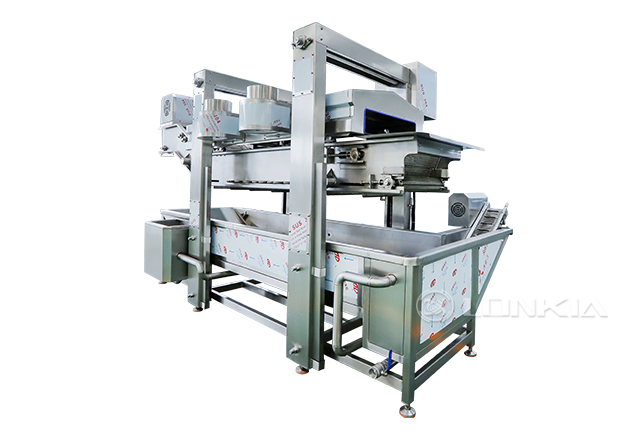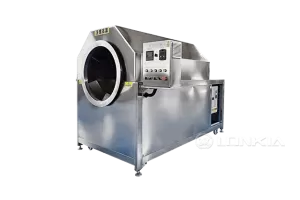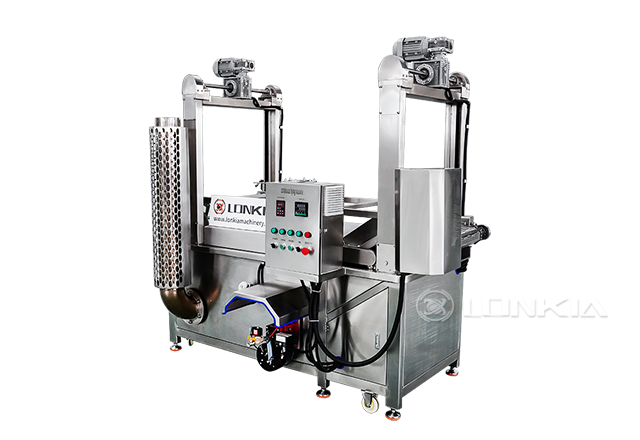In the food processing industry, leafy vegetables such as spinach, lettuce, celery and kale are an integral part of the consumer's daily diet. As the leaves of these vegetables are more fragile, using traditional cleaning methods often leads to leaf damage, affecting the appearance and quality of the product. The emergence of vegetable washer machines has effectively solved this problem, allowing leafy vegetables to get a deep clean while avoiding damage.
The working principle of vegetable washer machine
The technology used in the non-destructive washing machine is mainly a combination of bubble cleaning and water rinsing, which utilizes the force generated by the bubbles in the water to gently remove soil, pesticide residues and impurities from the surface of the vegetables without causing too much friction or squeezing on the leaves. By precisely controlling the temperature and pressure of the water stream, it ensures that the water flow during the washing process is not too strong to avoid damage to leafy vegetables.
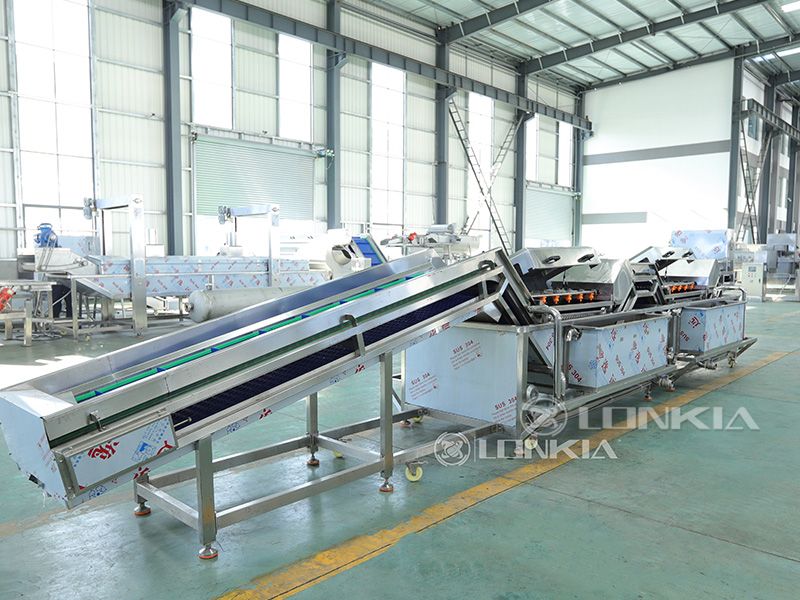
How to prevent damage to leaves?
- Air bubble cleaning: Air bubble cleaning technology is the core part of the fruit and vegetable washer machine. Air bubbles create tiny bubbles through intense collisions in the water, and when these bubbles come into contact with the surface of leafy vegetables, they quickly burst, releasing the cleaning power. This approach not only removes stubborn dirt, but also ensures an even distribution of force during the cleaning process, avoiding direct mechanical impact on the leaves and thus minimizing damage.
- Precise water flow control: The vegetable washer machine realizes fine control by adjusting the pressure and angle of the water flow to ensure that the impact of the water flow is moderate and will not cause damage to the fragile blades. For vegetables that are prone to breakage, such as lettuce and spinach, the intensity of the water flow is specifically dialed down to ensure leaf integrity.
- Proper temperature setting: The temperature of the water during washing also affects the quality of the vegetables. Non-destructive washing machines are usually equipped with a temperature control function, which allows you to adjust the water temperature according to the characteristics of different vegetables to avoid overly hot or cold water streams burdening the leaves.
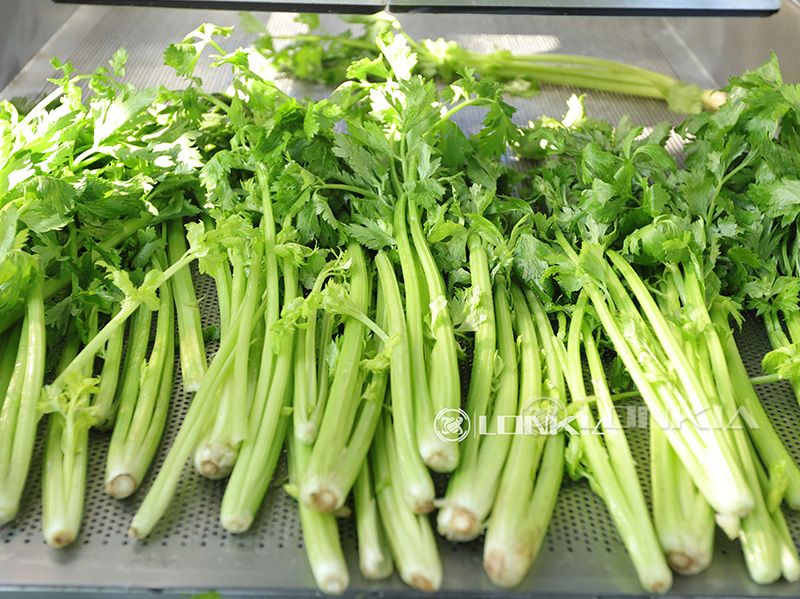
How to ensure deep cleaning?
- In addition to avoiding damage to the leaves, the fruit vegetable washer machine also needs to ensure the depth of the cleaning effect, removing fine particles, pesticide residues and other substances hidden in the fine crevices and surface of the leaves. Non-destructive cleaning machines achieve deep cleaning in the following ways:
- Circulating water flow design: By setting a continuous circulating water flow pattern, it ensures that each piece of leafy vegetables can be fully flushed with water flow during the cleaning process, avoiding residual impurities in any part.
- Multi-layer cleaning system: Vegetable washer machines are generally equipped with a multi-layer cleaning system, where the vegetables pass through multiple cleaning tanks, each of which has a different cleaning strength and cleaning method to ensure that every corner of the vegetable surface can be cleaned.
Conclusion
The fruit vegetable washer machine solves the problem of easy damage to leafy vegetables in the cleaning process through precise technical means, while ensuring the cleaning effect. It can not only effectively remove pesticide residues and soil, but also maximize the appearance and quality of vegetables, is an indispensable equipment for modern food processing industry.




